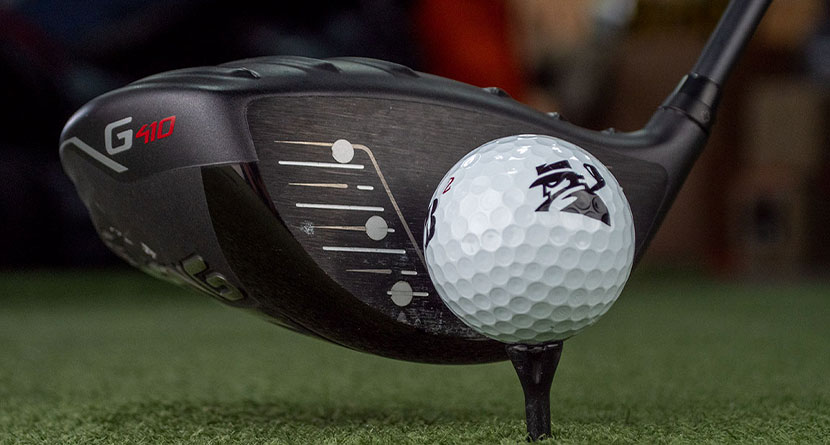For golfers and fans of golf, there is a clear chasm between the game that the pros we see on television play and the one that is present on golf courses around the world on a daily basis.
Like many things in life, those who have devoted innumerable hours to their craft simply have a better grasp of the skills needed to get things done. In golf, that skill is getting the ball into the hole in a comparably smaller number of strokes on a consistent basis.
One of the largest skill gaps between recreation and professional golfers, especially on the men’s side, is the distance that the pros are able to hit the ball, often making classic courses — and even modern behemoths — little more than a pitch-and-putt for the longest hitters.
There is a myriad of reasons why different factions of the golf public have cited for this distance discrepancy — golf ball technology, equipment technology, advancements in agronomics… the list goes on and on. And in the quest to close this gap, various suggestions to reign in the distance pros are hitting the ball have been bandied about with rolling back the ball and/or limiting the equipment in some form or fashion leading the way.
One of the more out-of-the-box suggestions for limiting distance has been messing with the golf tee, one of the oldest and seemingly innocuous pieces of equipment used in the game. However, a question sent in by a reader to MyGolfSpy.com about the impact different tee sizes could have on the game sparked the interest of golf’s “truth digest.”
That set the wheels in motion at MyGolfSpy’s test facility in Yorktown, Va. with a simple goal in mind: quantify the effect tee height has on driving distance.
STUDY: Tee Height Significantly Impacts Driver Distance
How high do you tee the ball?
VIEW RESULTS: https://t.co/EuMf9MGLpw pic.twitter.com/1tTdBBkTGQ
— MyGolfSpy (@MyGolfSpy) June 23, 2021
Limiting the test to two heights: 1.5 and .5 inches (measured from ground level), MGS had testers hit 120 shots at each tee level to see if there were legs to the suggestion that this could be a simple solution to professional golf’s distance debate. Simultaneously, the test provided some feedback for recreational golfers as to the most beneficial tee height for increased distance.
Among the key findings of the test, MGS noted that a 1.5-inch playing tee created 14.19 more carry distance on average than a .5-inch playing tee, and the longer tee was 14.66 yards longer on average.
Perhaps unsurprisingly, how high your golf ball is teed up has a dramatic effect on where the ball is struck on the face of the club, which actually uses some of the drivers’ forgiving characteristics against it. The shots hit with the 0.5-inch tee launched lower and spun more — backspin was 326 rpm higher on average — which resulted in distance loss.
While distance is the belle of the ball at the moment, accuracy is always in style. MGS reported the 1.5-inch tee produced higher strokes-gained values, fairways-hit percentage and better forgiveness.
In the short term, this seems like a nice solution to the distance debate, but with millions of dollars at stake, there’s no doubt that the best golfers on the planet and their deep-pocketed equipment manufacturers will figure out the best way to optimize the clubs they are using adapt to smaller tee heights.
What this means for you, Joe Golfer, however, is pretty simple: shorter tees produce shorter drives. If you’re looking for more distance off the tee, you could do a lot worse than messing with tee height, even going so far as to incrementally increase the height until you see diminishing returns.





